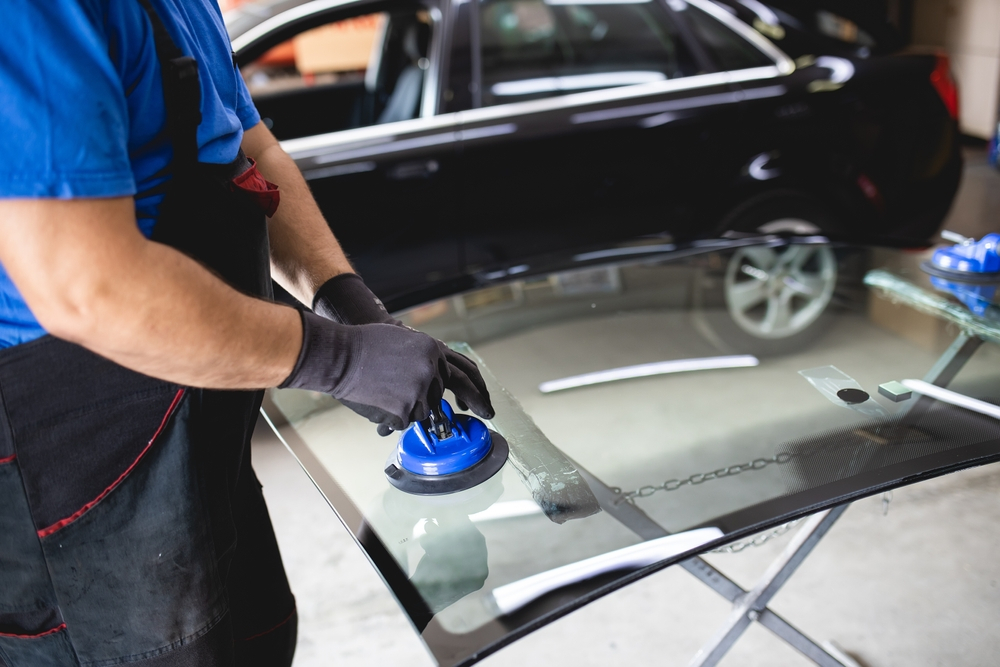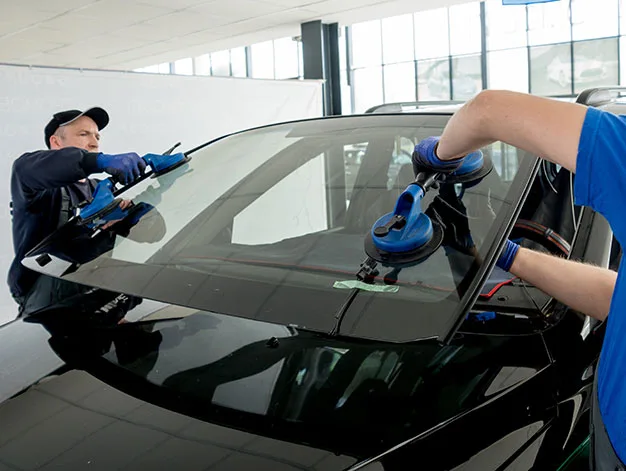The Future of Lightweight and Flexible Auto Glass Materials: Revolutionizing the Automotive Industry
Not all future car tech is about batteries. Lighter auto glass means:
- Sleeker-looking cars: New shapes are possible
- Longer range for EVs: Less weight = more miles per charge
- Maybe less prone to shattering: Added safety
- Better for the environment: Easier to recycle
Challenges remain, but the potential is huge!
Light and flexible auto glass materials are revolutionizing car design. They improve looks, safety, and efficiency. These advanced polymers and composites are very durable. They also improve fuel efficiency by reducing vehicle weight. And they increase design freedom. Their flexibility reduces injury risk in accidents, and their recyclability supports environmental sustainability. They are essential for electric vehicles. They promise to increase range and efficiency. But, there are current challenges in cost and production scalability.

Benefits of Lightweight Auto Glass
One of the most significant advantages of lightweight auto glass is its contribution to fuel efficiency. Lighter vehicles require less energy to move, which means they consume less fuel. This is key. Fuel prices are rising. And the world is pushing for sustainability. Also, lighter glass allows more design freedom. It enables makers to create sleeker, more aerodynamic shapes.
Enhancing Safety with Flexibility
The flexible nature of this new glass material adds an extra layer of safety. If there is a crash, flexible glass is less likely to shatter than traditional glass. This reduces the risk of injury from broken shards. This flexibility also makes it more resilient to everyday wear and tear. It resists chips and cracks.
Environmental Impact
Another key aspect of these innovative materials is their environmental footprint. Light and flexible auto glass is often more recyclable than traditional auto glass. This recyclability aligns with the global trend. The trend is towards more sustainable and eco-friendly manufacturing.
Application in Electric Vehicles
The rise of electric vehicles (EVs) has created a new demand for lightweight materials. Lightweight, flexible glass can cut an EV's weight. This would boost the range and efficiency of these vehicles. This is a crucial factor in the widespread adoption of EVs.
Challenges and Future Prospects
While the potential of lightweight and flexible car glass is immense, there are challenges to be overcome. These materials cost more than traditional glass. We also need more factories to make them. But, as tech advances and production grows, these issues will be fixed.
Conclusion
The future of auto glass is bright. Light and flexible materials are set to redefine car design and safety. We are moving towards a greener and more efficient future. These materials will be key in shaping the next generation of vehicles.
